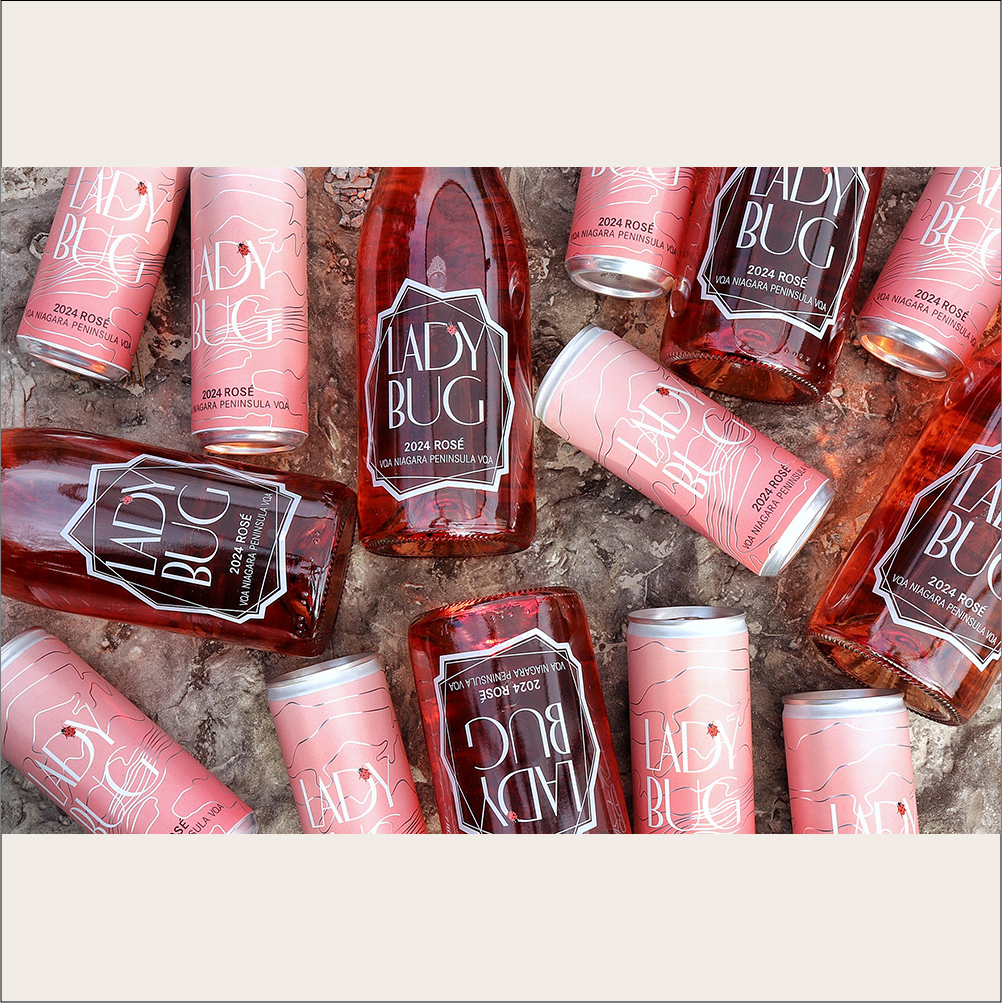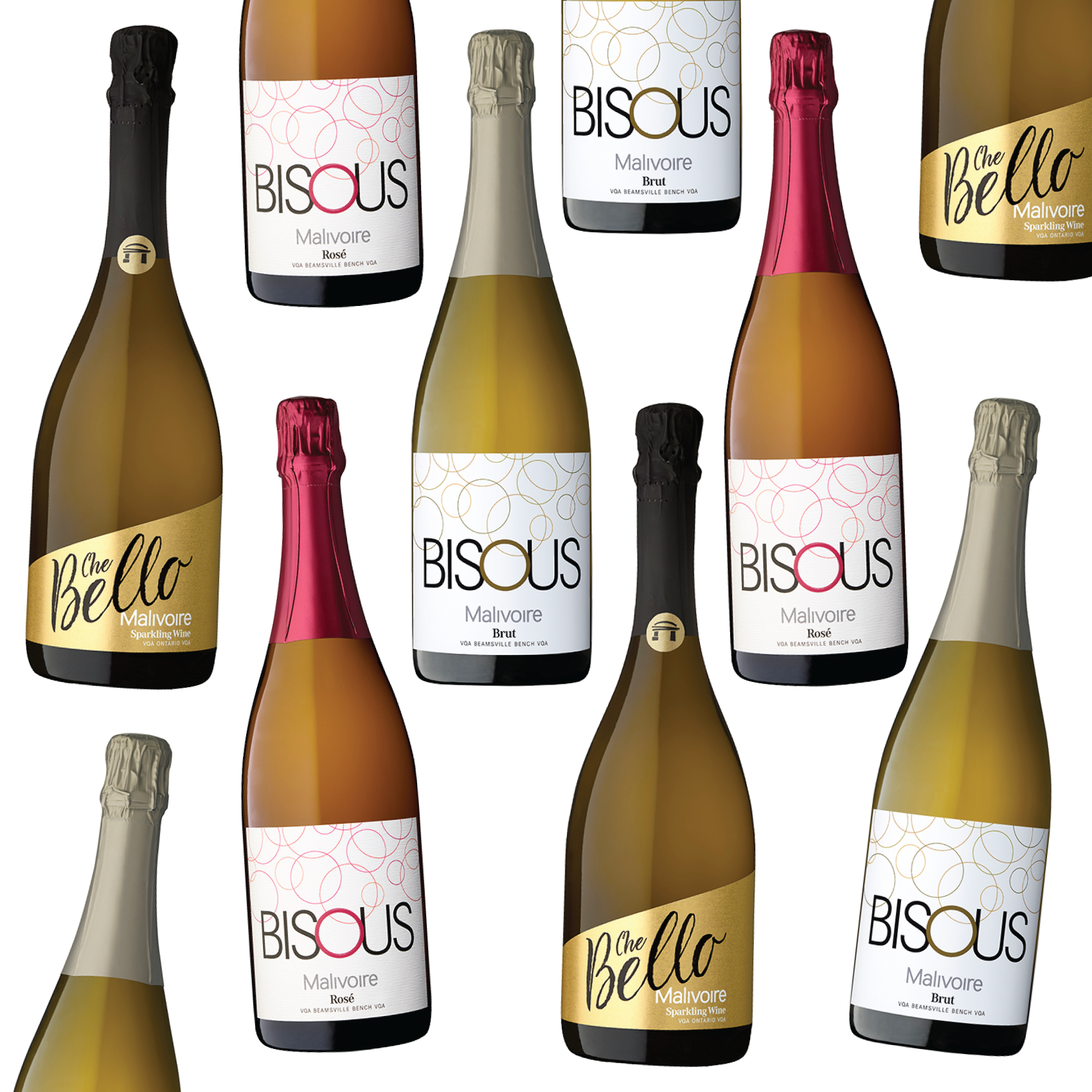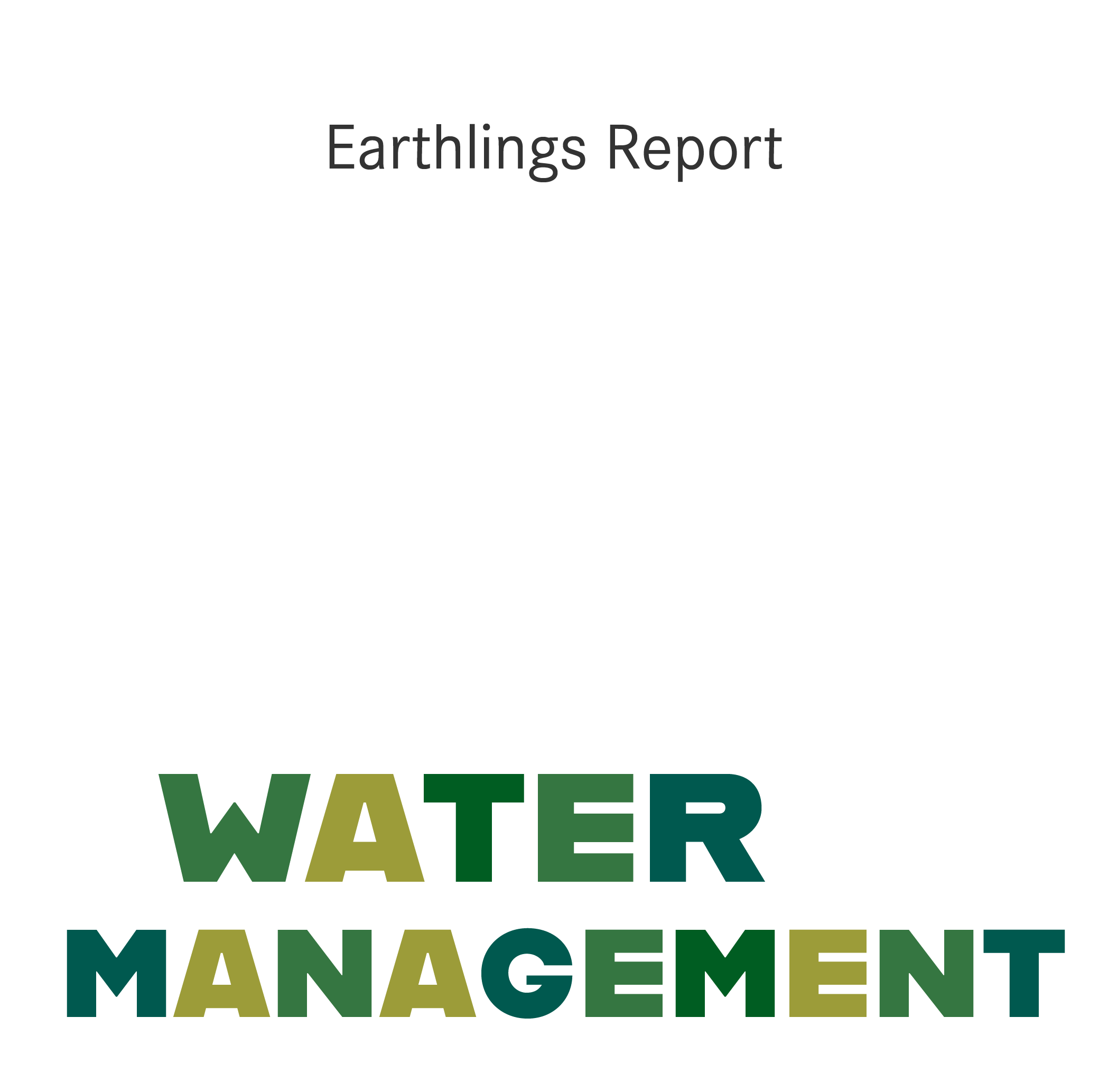Earthlings Report - Water Management
Written by Johanna Cornelissen
I know it will not be a surprise to read that water is involved at every stage of the wine making process. However, what will most likely surprise you, is the amount of water that is required. According to the Water Footprint Network, it can take on average 109* liters of water to make one standard (125 ml) glass of wine. In this article, I will explore where the water is used and what Malivoire is doing to reduce our consumption of this increasingly precious resource.

Let us begin in the vineyard. Although grapes can survive on relatively low levels of water consumption, they do need a certain amount of water depending on the stage of their growth cycle, the most water usage between bud break and veraison. At Malivoire, the water footprint in the vineyard is minimized as we don’t use irrigation systems. Instead, we rely on the natural benefits of each vineyard, such as a low water table at the Moira vineyard, good drainage and sloping at the Estate and Mottiar vineyards, which builds strong root structure and resiliency of the grapevines as they are forced to dig deep into the ground in search of water sources.
Improving the water holding capacity of the soil also goes a long way in reducing the water footprint. Malivoire’s low till strategy and use of cover crops between the rows of grapevines builds healthy soil. Cover crops supply the soil with a diversity of nutrients which not only feeds the vines, but also the worms, critters, bacteria and micro-organisms that keep the soil from compacting which allows rainwater to be absorbed into the soil, supplying the vines with water as well as resupplying the water table.
In the winery, water is used in all stages of production. Water is used in the lab in chemical analysis, as a processing aid to prepare additives as well as cleaning and sanitation. However, the largest footprint of water is reserved for washing and sanitation of barrels, tanks, crushers, presses and other winemaking equipment that must be cleaned each time they are used. To reduce water consumption, Malivoire uses high pressure nozzles with automatic shut-off to clean equipment in the shortest amount of time without wasting any water. To clean barrels, Malivoire uses a mobile CIP (clean in place) station that automates the entire cleaning process. This ensures that the precise quantities of water and cleaning agents are used, thus reducing the amount of wastage and time required in cleaning.
The bottling process also requires a significant amount of water usage. This includes cleaning the bottling equipment such as fillers, corkers and labelers throughout the bottling process; water is used as part of the cooling system to regulate the temperature of the wine to prevent quality degradation; and finally, to clean any spills and residues that may occur. Through monitoring the water usage during the bottling process, Malivoire, in collaboration with Hunter Bottling, agree to a preset amount of water required per amount of wine bottled that is allocated to the bottling truck. In addition, water is reused during this process. This ensures that the water is used efficiently and with minimal waste.
In reducing water consumption, we believe that every little bit helps. For example, at the Warehouse, rainwater is captured on the roof that is used to clean the warehouse and equipment. In addition, the Ecoraster installed on the Malivoire driveway, which I introduced to you in a previous article, reduces water runoff during storms or heavy rains by capturing water through a grid, which allows the water to be filtered into the water table.
As Sustainable Winegrowing Ontario Certified, we understand the importance of water conservation and are committed to continue to make improvements in protecting this most crucial resource.
* this number appears to be referencing the amount of water needed for dry grape growing environments





